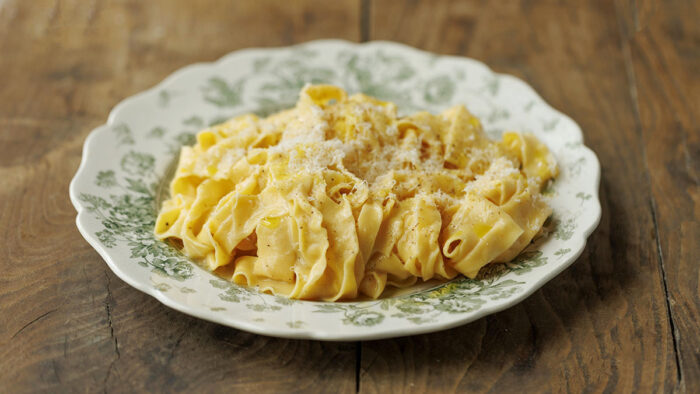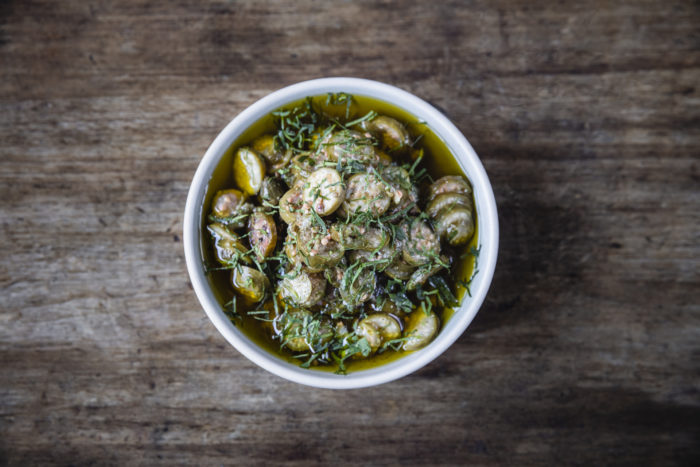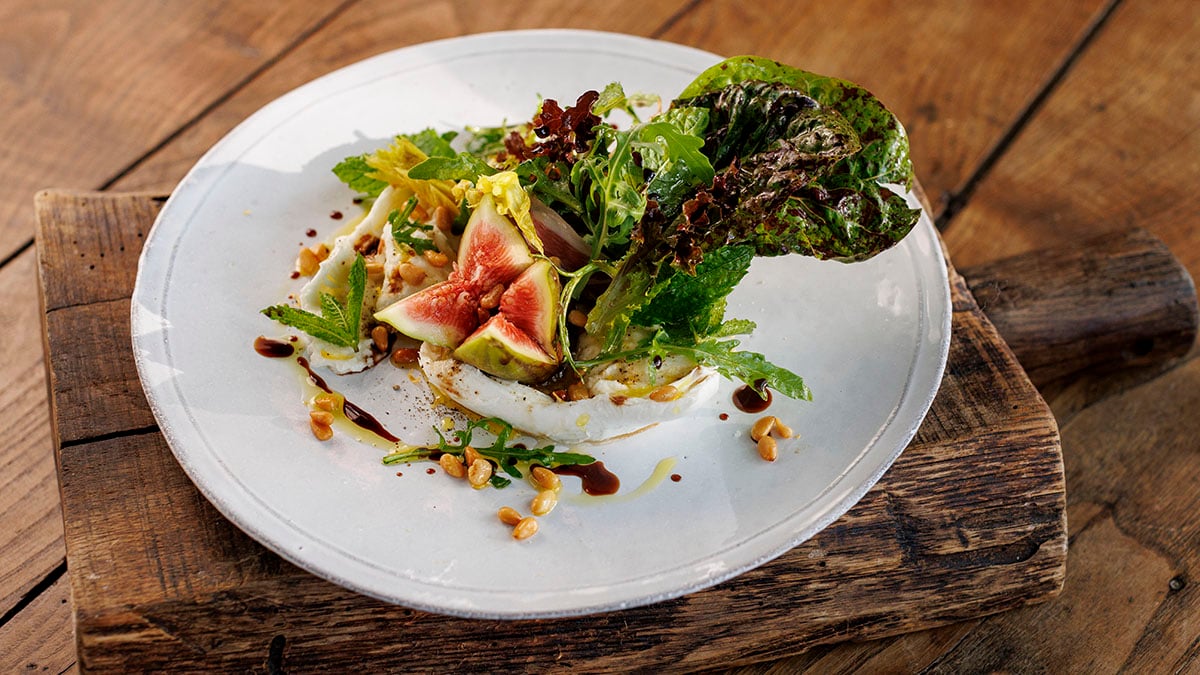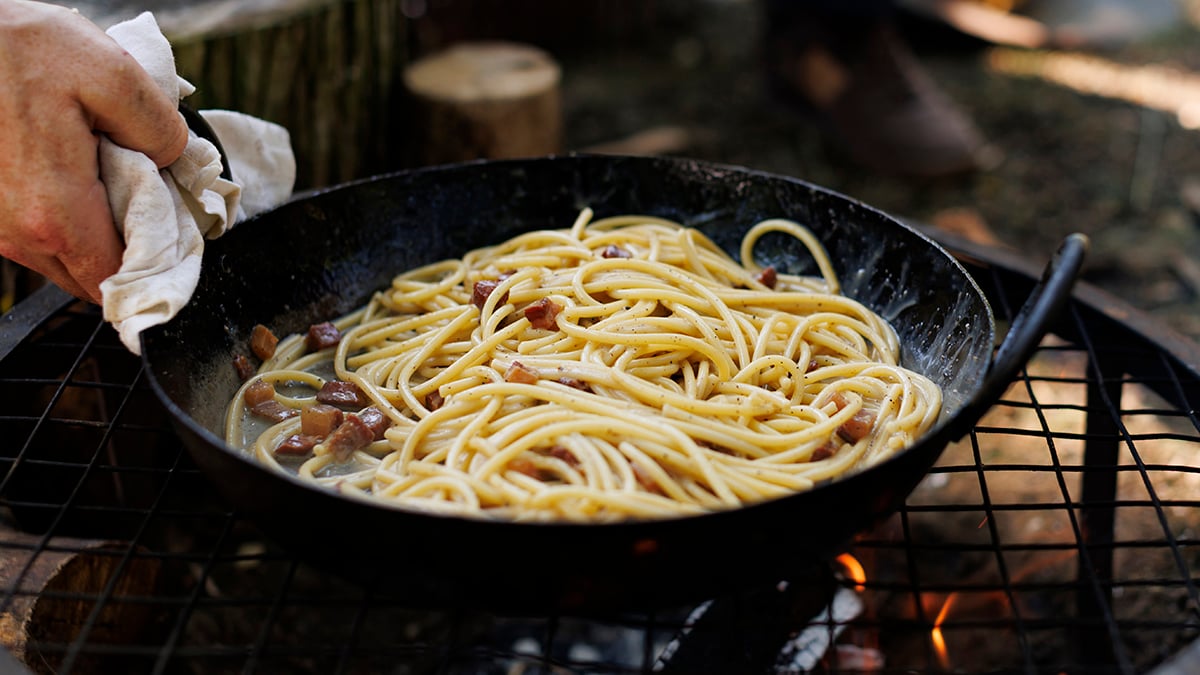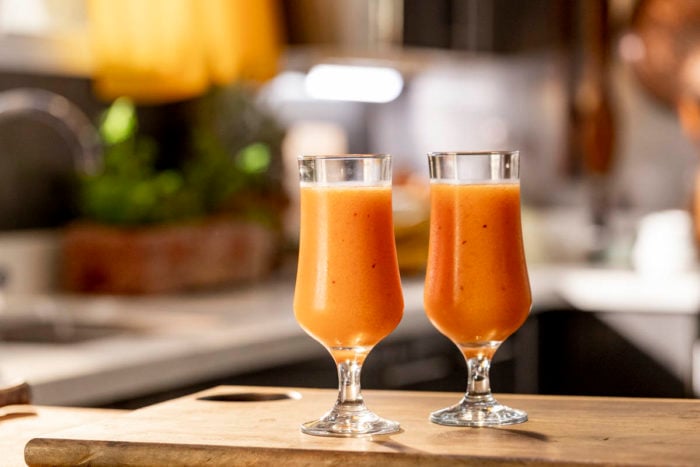
What is Chimichurri Sauce? How To Make Francis Mallmann’s Chimichurri
Written by the YesChef staff


Get Access to an Ever-Growing Library of Classes
Every Subscription includes:
- Unlimited Streaming of all Classes
- Watch on your phone, tablet or laptop
- Story-driven Classes, Practical Lessons
- Recipes with Step-by-Step Guidance
- 30-day Satisfaction Guarantee
- New Lessons added all the time
$9.99/mo
Billed annually

What is Chimichurri Sauce?
A (Very) Brief History of Chimichurri
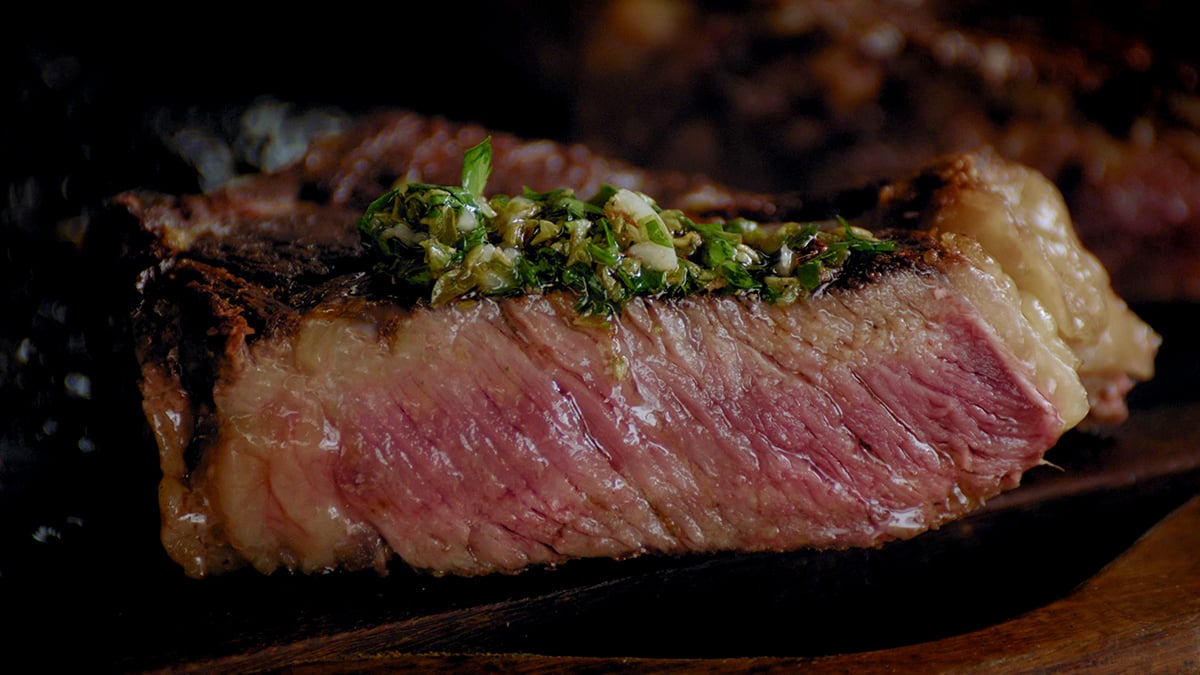
What Is Chimichurri Made Of?
Great Uses for Chimichurri
How should you use a chimichurri recipe? There are tons of ways. Use it as a marinade for grilled meats or barbecue chicken. Or as a versatile sauce to be spread onto a choripán (a sausage sandwich), fish, grilled vegetables, or even toast. You can even get creative and add an original herby flavor to fresh homemade hummus.In Argentina, spicy foods are not common. And Argentines often mistake the word “spice” (heat) with spices and herbs. And so despite the fact that most chimichurri sauces there use ají molido, a non-spicy ground red pepper, some Argentines nonetheless refer to chimichurri as picante, or spicy. Also in Argentina, a bright green sauce called salsa provenzal, a garlic and parsley blend, is often mistaken for chimichurri even though the two condiments are different.
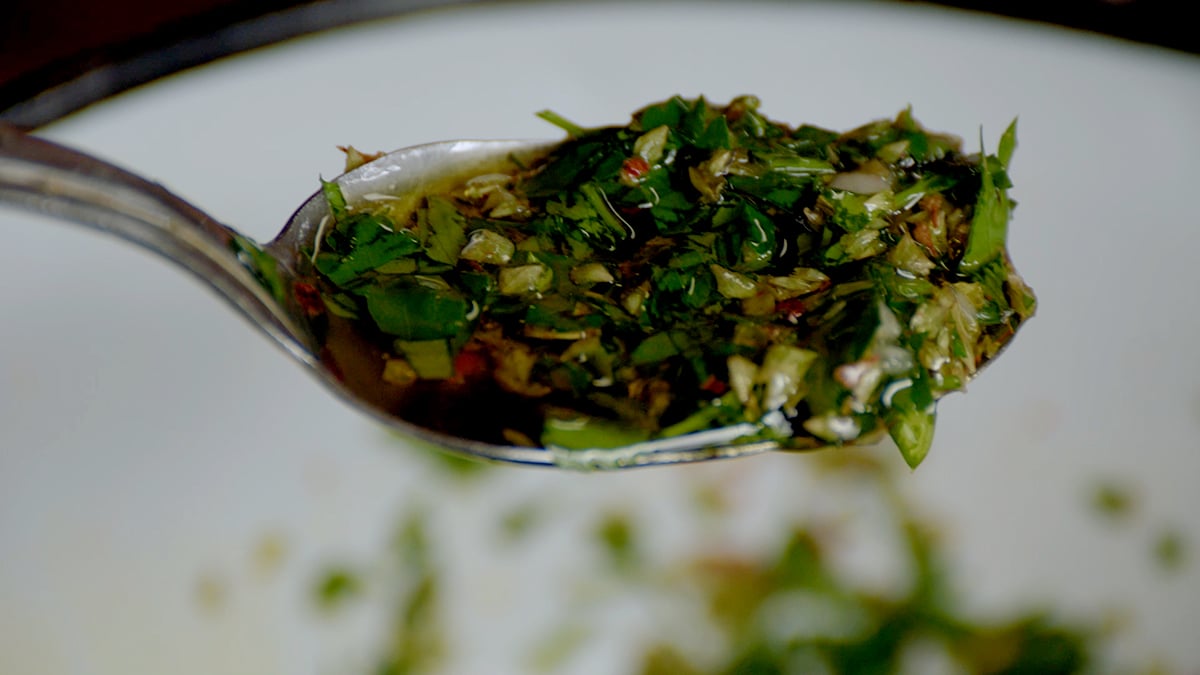
Chimichurri Tips and Tricks
Is Chimichurri Spicy?
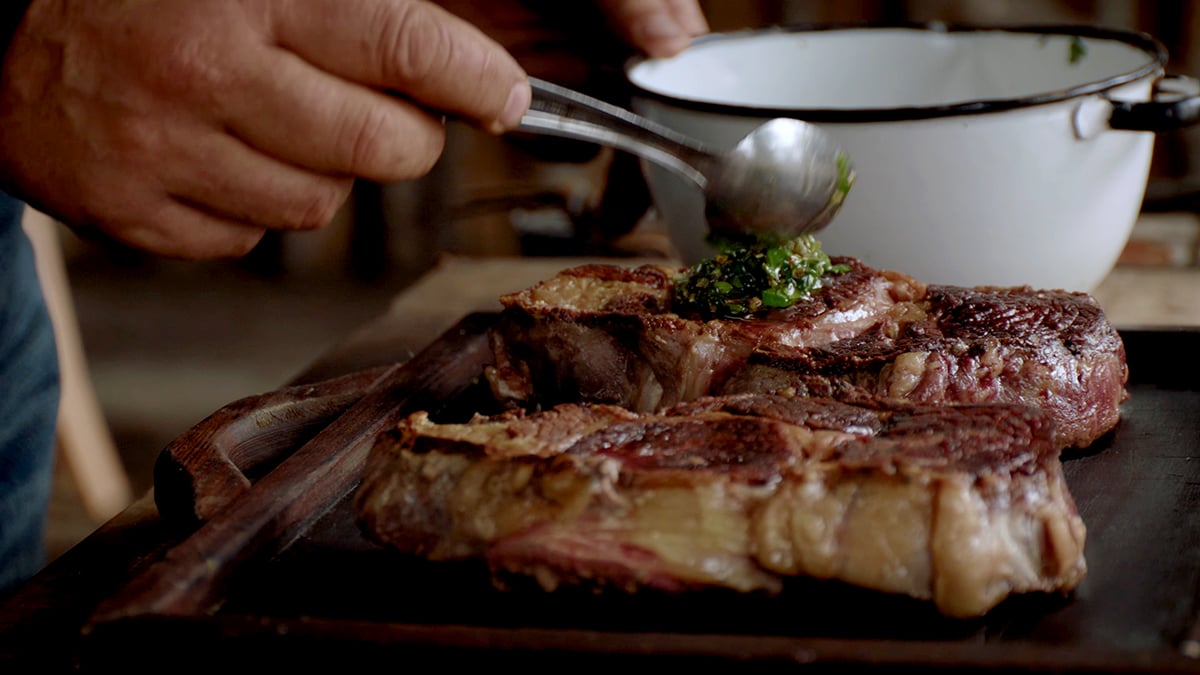
How Long Does Chimichurri Last?
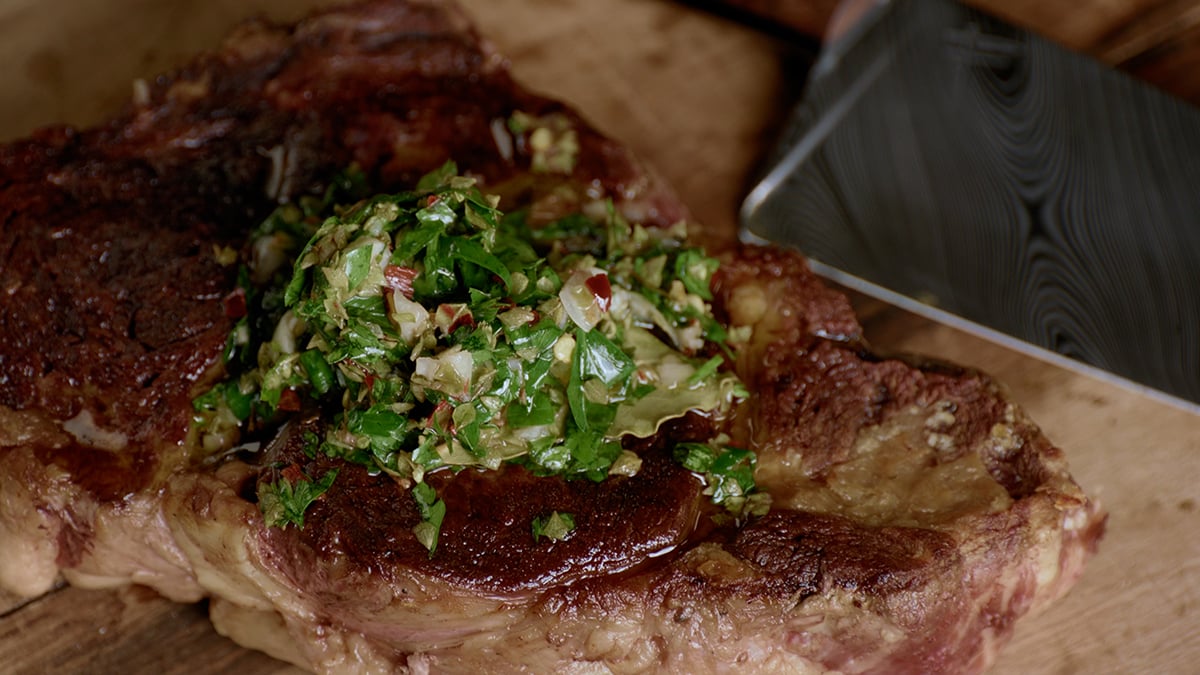
Chimichurri Sauce
Ingredients
- 100 milliliters water
- 10 grams salt
(0.5 ounces / 1 tablespoon)
- 10 grams dried oregano
(0.5 ounces / 1 tablespoon) = 25 grams fresh oregano (1 ounce / 2 tablespoons)
- 2 bay leaves
- 2 garlic cloves
chopped
- 1 tablespoon chili flakes
- 1 bundle parsley
- 50 milliliters red wine vinegar
(2 ounces / 2 tablespoons)
- 200 milliliters olive oil
(7 ounces / 1 cup)
GEAR
- 1 small saucepan
- Spoon
- Bowls
- Axe knife
- Chef’s knife
- Whisk
Recipe
- To make the salmuera, bring the water to a boil in a small saucepan.
- Add the salt and stir until it dissolves.
- Remove from the heat and allow to cool.
- With an axe or knife, smash the garlic and mince it very finely.
- Transfer to a bowl.
- Mince the parsley and add to the garlic, along with the oregano, the bay leaves and the chilli flakes.
- Whisk in the red wine vinegar and then the olive oil.
- Whisk in the salmuera and mix.
- For best results, prepare the chimichurri 1 day in advance so that the flavors have a chance to blend together.


